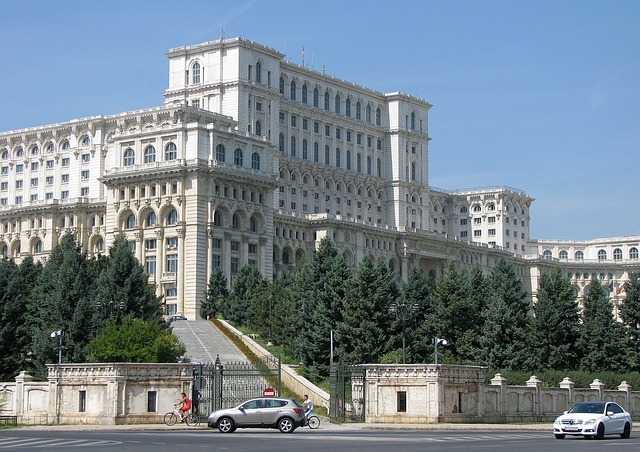
Legislative Motions
Understanding Legislative Motions
In the world of governance and decision-making, legislative motions play a pivotal role. They are formal proposals made by members of a deliberative assembly, designed to prompt specific actions. Whether in a local council meeting or a national legislature, motions are the backbone of parliamentary procedure, guiding discussions and decisions. Let’s break down what you need to know about these essential tools of democracy.
What Are Legislative Motions?
At its core, a legislative motion is a request for the assembly to take a particular action. These can range from legislative proposals to budgetary adjustments, and even petitions. The beauty of motions lies in their versatility; they can be used in various settings, including corporate boards, church vestries, and fraternal organizations. 🏛️
The Types of Motions
Understanding the different types of motions is crucial for anyone involved in parliamentary procedures. Here’s a quick overview:
- Main Motions: These are the primary proposals that initiate discussion on a specific topic.
- Restorative Main Motions: Classified under the fifth class, these motions aim to bring back a matter previously discussed.
- Budgetary Motions: These focus on financial aspects, allowing assemblies to propose changes to budgets.
- Petitionary Motions: These are used to request action or express a collective sentiment.
Each type serves a distinct purpose, ensuring that assemblies can conduct their business smoothly and efficiently.
How Motions Work
When a member wishes to propose a motion, they must follow established parliamentary procedures, often outlined in resources like Robert's Rules of Order or The Standard Code of Parliamentary Procedure. This ensures that all members have a clear understanding of how to engage in discussions and make decisions. Once a motion is presented, it typically requires a second from another member to proceed. This step is vital as it demonstrates that at least one other person supports the discussion of the motion.
Why Motions Matter
Motions are not just bureaucratic formalities; they are essential for maintaining order and clarity in discussions. Without them, assemblies could descend into chaos, with members talking over each other and no clear path forward. By structuring debates and decisions, motions help ensure that every voice is heard and considered. 💬
Common Challenges with Motions
While motions are designed to facilitate discussion, they can sometimes lead to challenges. For instance, dilatory tactics may be employed by members who wish to delay proceedings. This can frustrate the process and lead to inefficiencies. It’s crucial for assemblies to recognize and manage such tactics to keep discussions productive.
Conclusion
Legislative motions are a fundamental aspect of parliamentary procedure, allowing for organized and effective decision-making. By understanding the types of motions and their functions, members of any assembly can contribute to a more productive and respectful environment. So the next time you're in a meeting, remember the power of a well-placed motion!




















 Time to Move? Don’t Forget Your Voter Registration!
Time to Move? Don’t Forget Your Voter Registration! 
 Health
Health  Fitness
Fitness  Lifestyle
Lifestyle  Tech
Tech  Travel
Travel  Food
Food  Education
Education  Parenting
Parenting  Career & Work
Career & Work  Hobbies
Hobbies  Wellness
Wellness  Beauty
Beauty  Cars
Cars  Art
Art  Science
Science  Culture
Culture  Books
Books  Music
Music  Movies
Movies  Gaming
Gaming  Sports
Sports  Nature
Nature  Home & Garden
Home & Garden  Business & Finance
Business & Finance  Relationships
Relationships  Pets
Pets  Shopping
Shopping  Mindset & Inspiration
Mindset & Inspiration  Environment
Environment  Gadgets
Gadgets  Politics
Politics 